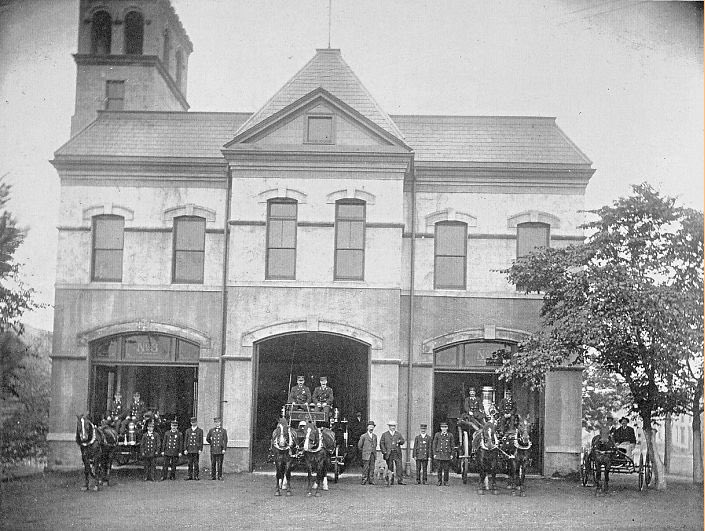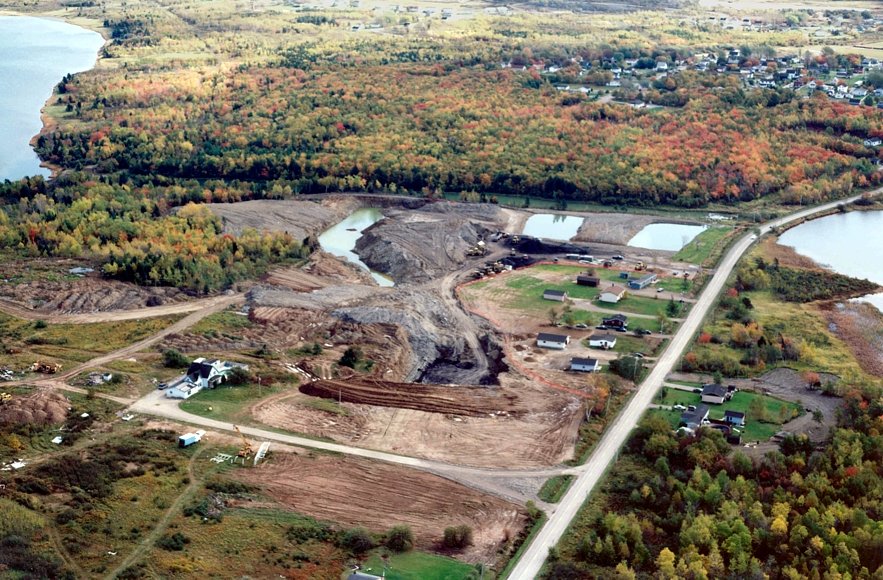Lots of places in #NovaScotia were named for their connections to mining – but #GoldRiver is NOT one of them!
#Gold was discovered in Gold River, #LunenburgCounty, in September 1861 by Daniel Dimmock of nearby #Chester.
#nspoli #cbpoli @Pier12Hugh @BernJordanMP


#Gold was discovered in Gold River, #LunenburgCounty, in September 1861 by Daniel Dimmock of nearby #Chester.
#nspoli #cbpoli @Pier12Hugh @BernJordanMP



However, #GoldRiver is believed to have been named after a Mr. Gould, an early settler, and it’s original name was Gould River. The name was changed to Gold River before #gold was discovered there.
#nspoli #cbpoli @Pier12Hugh @BernJordanMP #NovaScotia
#nspoli #cbpoli @Pier12Hugh @BernJordanMP #NovaScotia
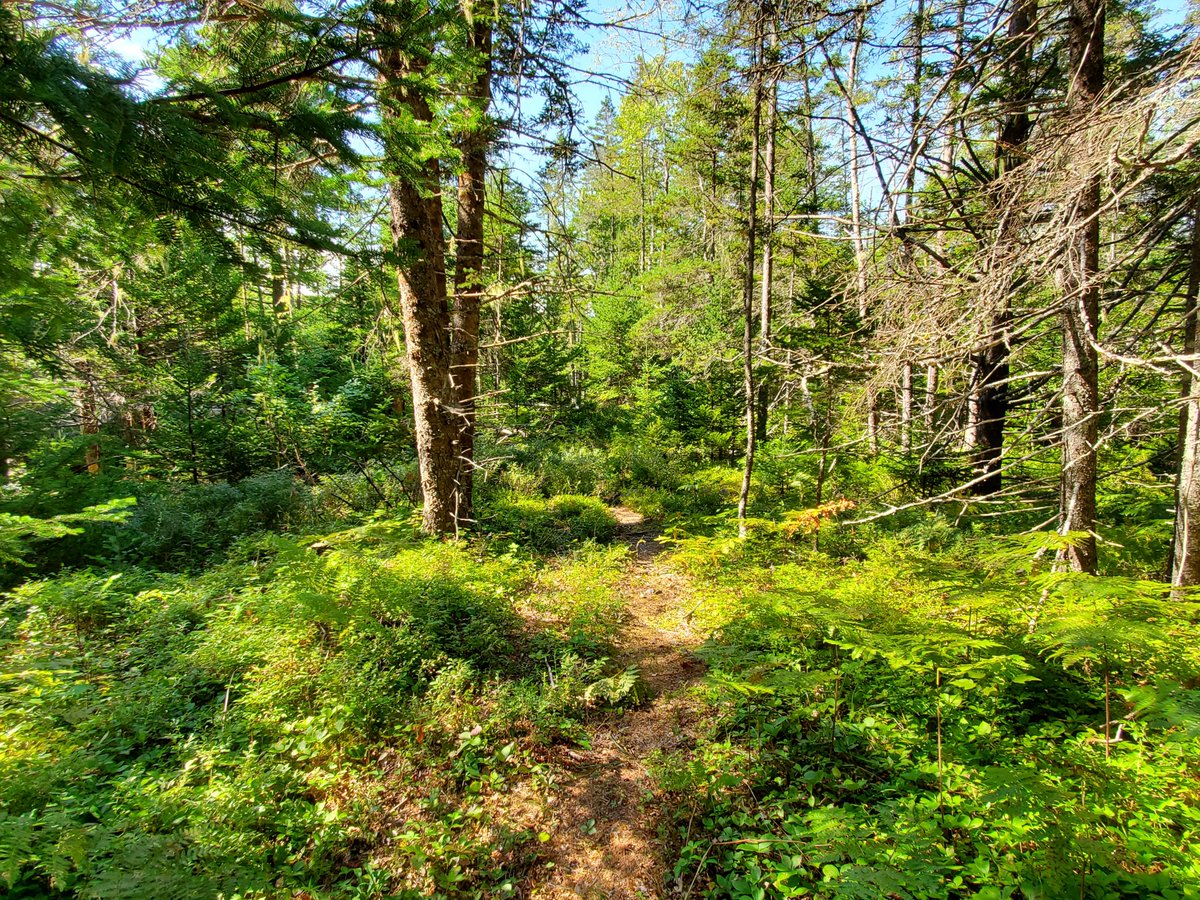
The area produced 7610 ounces of #gold between 1881-1940 and today it is beautiful natural space and a bunch of homes on Lacey Mines Road.
#nspoli #cbpoli @Pier12Hugh @BernJordanMP #NovaScotia
#nspoli #cbpoli @Pier12Hugh @BernJordanMP #NovaScotia

Mining got off to a slow start, taking place only sporadically from 1861-86 but then mining activity became more or less continuous from 1886-1915. The area was then quiet for 15 years until it started up again in the 1930s.
#nspoli #cbpoli @Pier12Hugh @BernJordanMP #NovaScotia
#nspoli #cbpoli @Pier12Hugh @BernJordanMP #NovaScotia

In 1931 the Lacey #Gold Mining Syndicate dewatered an old 70-foot shaft in the Lacey Fissure, which was discovered in 1910 and became one of the most productive mines in #GoldRiver.
#nspoli #cbpoli @Pier12Hugh @BernJordanMP #NovaScotia
#nspoli #cbpoli @Pier12Hugh @BernJordanMP #NovaScotia

A 25-ton ball mill was installed in 1935 but operations were discontinued due to unsatisfactory returns from the milling – too much #gold was being lost to the tailings instead of being recovered.
#nspoli #cbpoli @Pier12Hugh @BernJordanMP #NovaScotia
#nspoli #cbpoli @Pier12Hugh @BernJordanMP #NovaScotia

The mill equipment was designed to process ore from one part of the mine but was not as effective with ore from another part of it. Attempts to improve the milling didn’t work and the mine shut down.
#nspoli #cbpoli @Pier12Hugh @BernJordanMP #NovaScotia
#nspoli #cbpoli @Pier12Hugh @BernJordanMP #NovaScotia
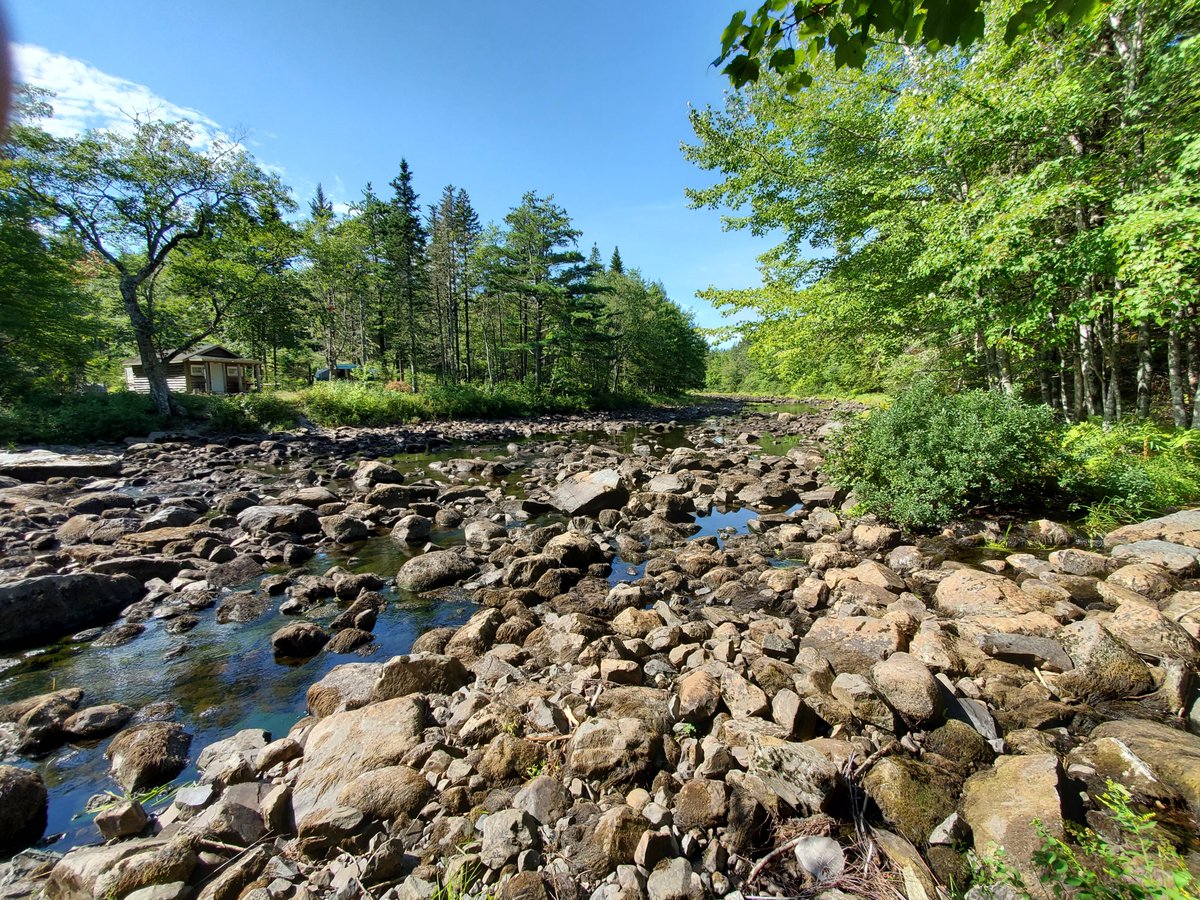
In 1937 the Lacey Mine was taken over by @NS_Energy_Mines and a second 25-ton ball mill was installed. The mine was operated under the Mine Apprentice Project, a gov program that trained about 500 men (yes, they were all men!) in “modern” hard rock mining techniques from 1937-40. 

The outbreak of World War II brought the program to an end – educating miners was a lower priority as the nation prepared to fight the war. (Somewhat ironically, Canadian miners played important and unique roles in the war.
#nspoli #cbpoli @Pier12Hugh @BernJordanMP #NovaScotia
#nspoli #cbpoli @Pier12Hugh @BernJordanMP #NovaScotia

For example, they dug many kilometres of tunnels into the Rock of Gibraltar to protect Allied soldiers from bombardment. The tunnels could hold 16,000 soldiers and everything they needed for 16 months.
#nspoli #cbpoli @Pier12Hugh @BernJordanMP #NovaScotia
#nspoli #cbpoli @Pier12Hugh @BernJordanMP #NovaScotia

The Rock of Gibraltar was strategically important because it let the Allies control access to the Mediterranean Sea. Canada’s experience with hard rock mining was key to holding it.)
The transition to ball mills was an important one.
#nspoli #cbpoli @Pier12Hugh @BernJordanMP
The transition to ball mills was an important one.
#nspoli #cbpoli @Pier12Hugh @BernJordanMP

Most #NovaScotia gold is in quartz veins, which means the #gold needs to be separated from the quartz and other host rock. The first step is to pulverize the rock/ore so the gold can be chemically separated from it.
#nspoli #cbpoli @Pier12Hugh @BernJordanMP
#nspoli #cbpoli @Pier12Hugh @BernJordanMP

The most common technology in #NovaScotia for pulverizing ore in the second half of the 1800s and early decades of the 1900s was the stamp mill – a large machine that crushed #gold-bearing rock by stamping it over and over.
#nspoli #cbpoli @Pier12Hugh @BernJordanMP #NovaScotia
#nspoli #cbpoli @Pier12Hugh @BernJordanMP #NovaScotia

In a stamp mill, quartz was washed with water and moved under the stamps that went up and down, crushing the quartz into sand. Each stamp would weigh about 800 to 1,000 pounds and repeatedly struck the ore.
In the 1800s, mercury was then used to separate the #gold from the sand.
In the 1800s, mercury was then used to separate the #gold from the sand.

#Gold dissolves in mercury but mercury does not absorb other impurities so it was effective at separating the gold from the pulverized host rock. The mercury/gold mixture was recollected and heated until the mercury boiled away.
#nspoli #cbpoli @Pier12Hugh @BernJordanMP
#nspoli #cbpoli @Pier12Hugh @BernJordanMP

A simple still like those used to make alcohol would draw away the vaporized mercury, collecting it for reuse, leaving mostly pure #gold. The gold was then refined for greater purity and formed into bricks or nuggets.
#nspoli #cbpoli @Pier12Hugh @BernJordanMP #NovaScotia
#nspoli #cbpoli @Pier12Hugh @BernJordanMP #NovaScotia
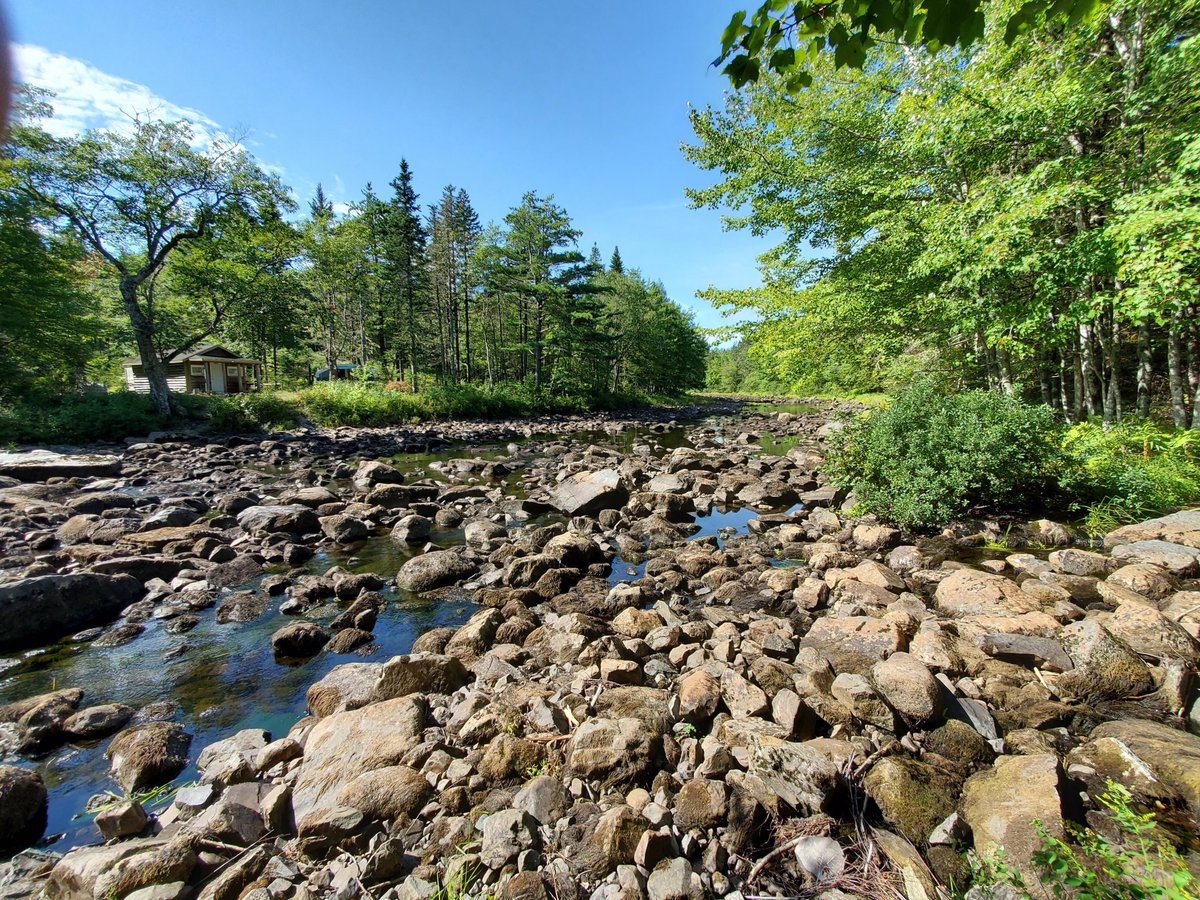
Mercury hasn’t been used in #NovaScotia #gold mines since the early 1900s because it is bad for the environment. (Misconceptions about modern gold mining stem from historical mining practices, like the use of mercury, that we agree were not good enough.
#nspoli #cbpoli
#nspoli #cbpoli

Fortunately, practices like these have nothing to do with modern mining which is a sophisticated, science-based activity that takes proper care of the environment. You can learn more at notyourgrandfathersmining.ca/modern-gold-mi…).
#nspoli #cbpoli @Pier12Hugh @BernJordanMP #novascotia
#nspoli #cbpoli @Pier12Hugh @BernJordanMP #novascotia

Ball mills eventually replaced stamp mills. A ball mill has a cylindrical shell that turns constantly. The ore and heavy, steel balls are placed inside it. As the shell turns, the balls pulverize the ore.
#nspoli #cbpoli @Pier12Hugh @BernJordanMP #NovaScotia
#nspoli #cbpoli @Pier12Hugh @BernJordanMP #NovaScotia

This approach is still used at many mines today, including at #NovaScotia’s #MooseRiver mine, one of the most efficient #gold mines in the world.
#nspoli #cbpoli @Pier12Hugh @BernJordanMP
#nspoli #cbpoli @Pier12Hugh @BernJordanMP

Something else noteworthy about #GoldRiver is that it’s well-known as a good river for panning #gold because the gold-bearing quartz vein systems actually outcrop within and adjacent to the river.
#nspoli #cbpoli @Pier12Hugh @BernJordanMP #NovaScotia
#nspoli #cbpoli @Pier12Hugh @BernJordanMP #NovaScotia

This facilitates the formation of placer (aka alluvial) deposits - #gold that erodes from bedrock deposits and becomes concentrated in rivers and shorelines by water.
#nspoli #cbpoli @Pier12Hugh @BernJordanMP #NovaScotia
#nspoli #cbpoli @Pier12Hugh @BernJordanMP #NovaScotia

In other words, #GoldRiver erodes some of the rock that hosts the gold and carries it downriver until the #gold settles out.
Panning for gold means scooping up water, sand and gravel in a pan and swirling it around.
#nspoli #cbpoli @Pier12Hugh @BernJordanMP #NovaScotia
Panning for gold means scooping up water, sand and gravel in a pan and swirling it around.
#nspoli #cbpoli @Pier12Hugh @BernJordanMP #NovaScotia

The #gold, which is very heavy, settles on the bottom of the pan while the lighter gravel and sand washes over the side. While it was not used extensively at #GoldRiver, panning was a simple but effective small-scale method of extracting gold at many historical sites.
#nspoli

#nspoli


• • •
Missing some Tweet in this thread? You can try to
force a refresh





